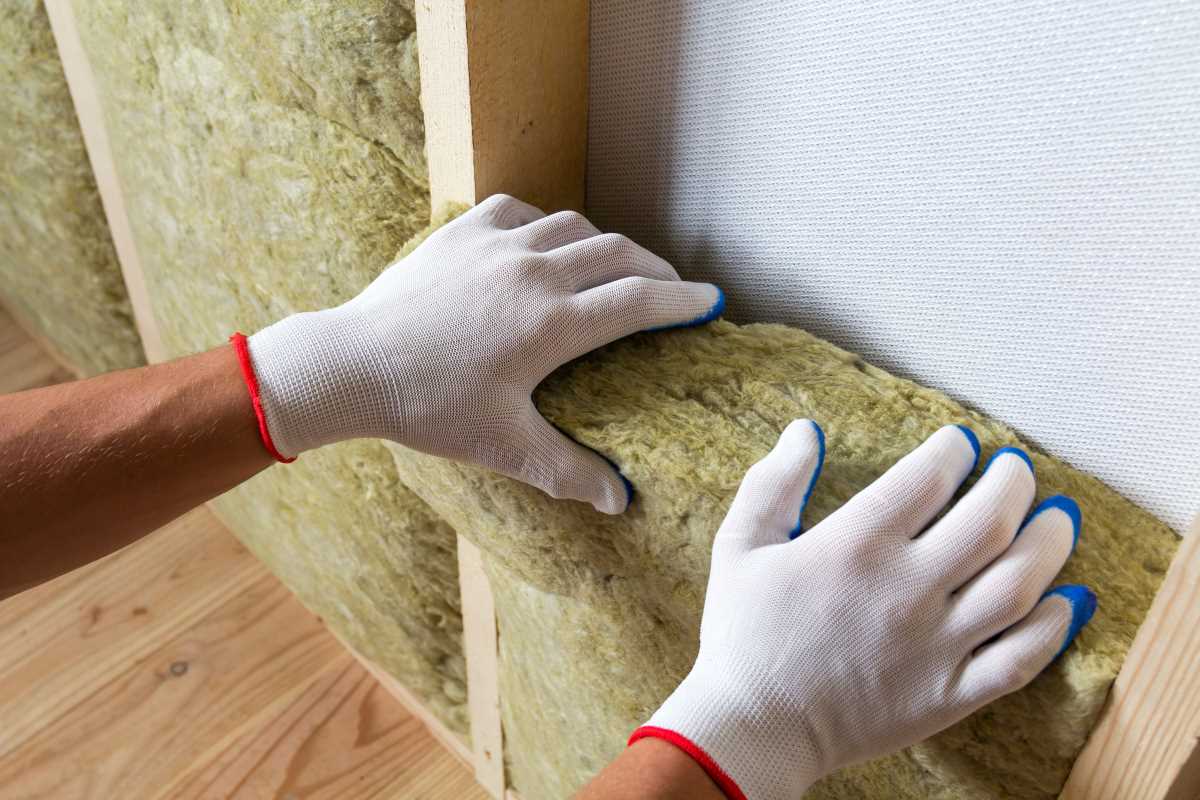Shelving can transform any space from cluttered to organized, adding both functionality and style. However, the key to maximizing both aesthetics and efficiency lies in the proper installation of these units. Here’s your expert guide to ensuring your shelves are not only appealing but sturdy and well-placed.
Choosing the Right Materials
Selecting the appropriate materials for your shelves is paramount. For heavy-duty use in areas like garages or pantries, industrial-grade metal shelving can withstand substantial weight. In living spaces or bedrooms, wooden shelving adds warmth and complements most decor styles. Always consider the load the shelves will bear, opting for thicker, more robust materials for heavier items.
Ensure the brackets and mounting hardware are suitable for the wall type—drywall, plaster, or masonry. Using the right anchors for your wall material ensures your shelves will be secure and safe.
Precise Placement and Spacing
Before drilling any holes, plan the layout of your shelves. Use a stud finder to locate studs in the wall for the most stable installation. Shelves should be spaced according to their intended use. For books, a distance of 8-12 inches between shelves is standard, while for larger display items, more vertical space might be needed.
When marking your wall for brackets, use a level to ensure your lines are straight. This keeps your shelves not only visually appealing but also functionally sound, preventing items from sliding off.
Proper Tools and Techniques
Having the right tools at hand is essential for a smooth installation. A power drill, level, tape measure, stud finder, and pencil should be part of your toolkit. When installing, drill pilot holes for the screws, which will prevent the wood from splitting and make the screws go in smoother and straighter.
For drywall particularly, it’s crucial to use drywall anchors that can support the weight of the shelving and its contents. These spread the load over a larger area behind the wall, reducing the risk of damage.
Avoid Common Mistakes
One common mistake is overloading shelves, which can lead to sagging and eventual failure. Understand the weight limits of both the shelving material and the mounting system. Another mistake is neglecting to level the shelves during installation. Even a slight angle can cause a noticeable slant over a long shelf, making objects prone to slipping off.
Always double-check measurements before cutting or drilling. Miscalculations can lead to uneven placement, wasted materials, or the need for additional holes in your walls.
Maintenance and Inspection
Once your shelves are up, regular maintenance ensures longevity and safety. Periodically check and tighten any loose screws and brackets. Wood shelves may need to be treated with polish or paint to maintain their finish and prevent warping or water damage.
Inspect your shelving units occasionally for any signs of wear or damage, especially if they bear heavy loads. This preventative maintenance helps avoid shelf failures and potential accidents, ensuring your storage solutions stay secure and attractive for years to come.
Enhancements and Customizations
Customize your shelving units to better suit your decor or storage needs. Adding under-shelf lighting can enhance the ambiance of a room and make it easier to find items on lower shelves. Paint or stain can be used to match or contrast with your existing furniture, giving a custom-built look.
Consider adjustable shelving systems that allow you to reconfigure the unit as your storage needs change. This flexibility can be particularly useful in children’s rooms, craft areas, or offices where the demand for space may evolve.
By following these expert tips, you can ensure your shelving is not just installed but integrated into your home as a practical, durable enhancement. This approach not only elevates the functionality of any room but also its overall appeal, making your spaces work smarter, not harder.
 (Image via
(Image via





